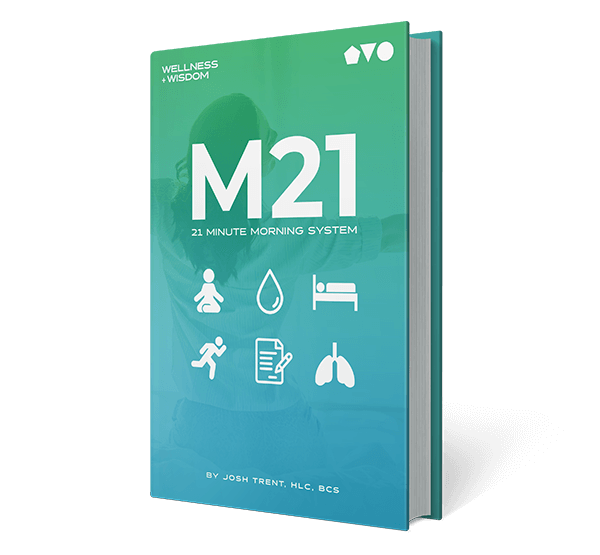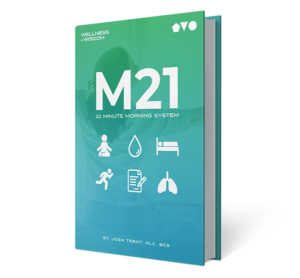Understanding your body type is pivotal in optimizing athletic performance, as it allows for tailored training and nutrition strategies that align with your physiological predispositions. Among the various body types, the mesomorph stands out due to its natural advantages in muscle development and athleticism. This article delves into the characteristics of the mesomorph body type and provides comprehensive insights into how individuals with this physique can enhance their athletic performance through specialized training regimens and dietary considerations.
Table of Contents
Understanding the Mesomorph Body Type
The concept of somatotypes, introduced by psychologist Dr. William H. Sheldon in the 1940s, categorizes human physiques into three primary types: ectomorph, mesomorph, and endomorph.
Mesomorphs are typically characterized by a naturally muscular and well-proportioned build, with broad shoulders, a narrow waist, and low to moderate body fat levels. This body type often exhibits a higher percentage of fast-twitch muscle fibers, which are essential for explosive movements and strength. Consequently, mesomorphs tend to excel in activities requiring power and speed, such as sprinting, weightlifting, and various team sports.
One of the defining features of mesomorphs is their efficient metabolism, which facilitates both muscle gain and fat loss with relative ease. This metabolic advantage allows mesomorphs to respond more readily to training stimuli, making it possible to achieve noticeable improvements in strength and physique with appropriate exercise and nutrition. However, this propensity for muscle development also necessitates a balanced approach to training and diet to prevent potential pitfalls, such as overtraining or unwanted fat gain.
Physiological Advantages of Mesomorphs
Mesomorphs possess several inherent physiological traits that confer advantages in athletic performance. The predominance of fast-twitch muscle fibers not only enhances their capacity for powerful and explosive movements but also contributes to greater overall muscle mass. This muscle composition is particularly beneficial in anaerobic activities where strength and speed are paramount. Additionally, the natural distribution of muscle mass in mesomorphs provides a biomechanical advantage, as the alignment of muscle groups supports efficient force production and movement mechanics.
Moreover, the metabolic efficiency observed in mesomorphs aids in rapid recovery post-exercise. An effective metabolism ensures that nutrients are swiftly mobilized to repair muscle tissues and replenish energy stores, thereby reducing downtime between training sessions. This recovery advantage enables mesomorphs to engage in more frequent and intense training cycles, further amplifying their athletic potential. However, it is crucial for mesomorphs to manage their caloric intake appropriately, as their efficient metabolism can also lead to fat accumulation if energy consumption consistently exceeds expenditure.
Tailored Training Strategies
To maximize their athletic performance, mesomorphs should adopt training programs that leverage their natural strengths while addressing potential vulnerabilities. A well-rounded regimen that combines strength training, cardiovascular conditioning, and flexibility exercises is essential for balanced development and injury prevention.
Given their predisposition for muscle growth, mesomorphs benefit significantly from resistance training that emphasizes compound movements. Exercises such as squats, deadlifts, bench presses, and overhead presses engage multiple muscle groups simultaneously, promoting functional strength and hypertrophy. Implementing moderate to heavy weights with a repetition range of 6 to 12 reps per set is effective in stimulating muscle development. Progressive overload, achieved by gradually increasing the weight or resistance, is crucial to continually challenge the muscles and facilitate growth. Incorporating periodization—structured variations in training intensity and volume—can help prevent plateaus and reduce the risk of overtraining.
While mesomorphs excel in strength-oriented activities, integrating cardiovascular exercises is vital for enhancing aerobic capacity and overall endurance. High-Intensity Interval Training (HIIT) is particularly advantageous, as it combines short bursts of intense activity with brief recovery periods, effectively improving cardiovascular fitness and promoting fat loss without compromising muscle mass. For instance, a HIIT session might involve 30 seconds of sprinting followed by 60 seconds of walking, repeated for several cycles. Additionally, incorporating steady-state cardio sessions, such as moderate-paced running or cycling for 30 to 45 minutes, can aid in building endurance and supporting cardiovascular health.
Maintaining flexibility and joint mobility is essential for mesomorphs to ensure a full range of motion during exercises and to prevent injuries. Regularly engaging in stretching routines, yoga, or dynamic warm-ups can enhance muscle elasticity and joint function. Focusing on areas prone to tightness, such as the hip flexors, hamstrings, and shoulders, can alleviate muscle imbalances and improve overall movement efficiency. Incorporating flexibility and mobility work into the training regimen not only aids in injury prevention but also enhances performance by allowing for more effective execution of exercises.
Nutritional Considerations
Optimizing nutrition is paramount for mesomorphs to support their training efforts and maintain a favorable body composition. A balanced diet that aligns with their metabolic needs and training demands will facilitate muscle growth, energy provision, and recovery.
Mesomorphs should focus on a macronutrient distribution that supports their active lifestyle and promotes lean muscle mass. A general guideline is to allocate approximately 40-50% of daily caloric intake to carbohydrates, 25-35% to proteins, and 20-30% to healthy fats. Carbohydrates serve as the primary energy source, fueling both workouts and daily activities. Emphasizing complex carbohydrates, such as whole grains, legumes, and vegetables, ensures a steady release of energy and provides essential nutrients. Proteins are critical for muscle repair and growth; incorporating sources like lean meats, fish, eggs, dairy products, and plant-based proteins ensures adequate amino acid intake. Healthy fats, derived from avocados, nuts, seeds, and olive oil, support hormonal balance and overall health.
Strategic meal timing can enhance performance and recovery for mesomorphs. Consuming balanced meals every 3 to 4 hours helps maintain stable blood sugar levels and provides a constant supply of nutrients to the muscles.









